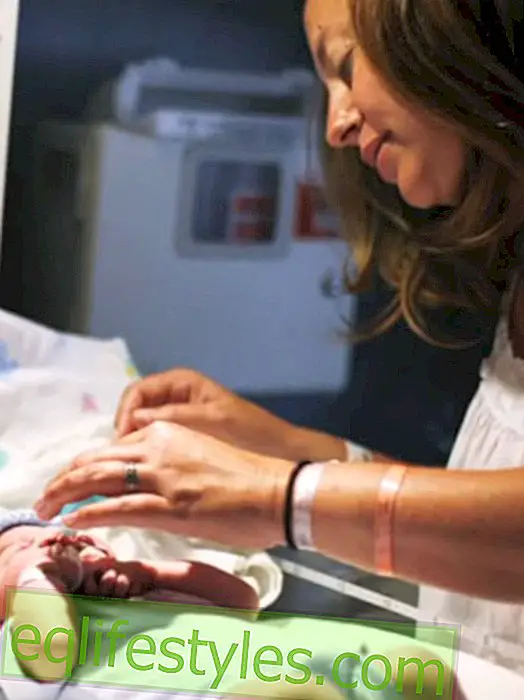
Photo: iStock
- 10 minutes for the skin
- Even the black skin cancer is curable
- Harmless or evil
- Get to know your skin
- A look behind the ears
- Honey, help me!
- No shame
- Oh, check the nails
- Solarium: You should pay attention to this
10 minutes for the skin
Every year, more than 200, 000 people suffer from skin cancer. Do you have suspicious spots anywhere? Examine yourself once a month from head to toe.
On the hands and on the face, we see it immediately: Oh scared, another age spot! The annoying brown marks look like oversized freckles, but are generally harmless. However, you should also have an eye for all other parts of your body as well. Black and white skin cancers can be seen and felt by laymen - and the sooner changes are recognized, the greater the chances of recovery.
Even the black skin cancer is curable
The risk of developing skin cancer during his lifetime is enormously high for white-skinned Europeans, almost 50 percent. More than 200, 000 people are affected each year in this country, and the number is rising. The good news: 80 percent of patients get "white" tumors, such as basaliomas or spinaliomas, which grow very slowly and almost never form metastases. If white skin cancer is detected in time, the bright tumors can be removed with a relatively small procedure. Nevertheless, one should not ignore it: Untreated, the white tumors can eat through skin and bones. Much less common, but highly dangerous is the black skin cancer, also called malignant melanoma (see box). Its cells spread very easily and very quickly through the lymphatic system and can cause great damage in other organs. But even the black skin cancer is curable - if you put it quickly to body. So early detection is crucial in every case.
Harmless or vicious
The signals Circular liver spots, which are smaller than two millimeters and have not changed since eternity, are usually harmless. On the other hand, you have to focus on newly emerged and all larger specimens: Is one time significantly darker (brown-black to black)? Is it multicolored and irregular in shape? Has it suddenly grown or has its color changed noticeably? Does it burn, itch or bleed?
The risk groups Not only people with fair skin and fair hair are at risk. Even those who have more than 40 liver spots or who already had skin cancer in the family are at a higher risk. Redheads are particularly at risk: Researchers have discovered that mutating a particular gene makes them extremely susceptible to black skin cancer even without the sun. You should go to the dermatologist once a year in addition to the regular self-examination. For all others: every two years to check the skin.
This is the most common type of cancer in Germany - and anyone can avoid it
Get to know your skin
When self-examining, pay attention not only to the liver spots. Even rough spots, whitish spots or small wounds that do not heal can be skin cancer .
A look behind the ears
Start on the head: face, hairline, neck, ears. For the scalp and neck, it is best to use a hand mirror.
Honey, help me!
Now it's the turn of the arms, armpits, shoulders and upper body. Ideally, you harness your partner for the back.
No shame
Even where the sun is scarce, tumors can form: on the butt and between the buttocks and in the genital area. Look carefully.
Oh, check the nails
Do not forget your feet, soles, toes and even the toes. Attention: Dark discoloration under the toenails can be suspicious! Be sure to show the dermatologist.
Solarium: You should pay attention to this
Everyone knows that too much sun can cause skin cancer . Doctors strongly advise against sunbathing in the solarium, but many people do not want to do without it, especially in winter. Our tip: Go as seldom as possible and only in well supervised studios. The staff should determine your skin type and adjust the tanning time accordingly. It should ask you about your medication and give you a safety goggles without asking. Make sure that the tanning device does not exceed the EU reference "Maximum irradiation value of 0.3 W / m2". Further information can be found in the brochure "Skin Cancer: Answers, Aids, Perspectives" of the German Cancer Aid. It can be downloaded from www.krebshilfe.de or ordered free of charge. By e-mail: By fax: 0228 7299011.









